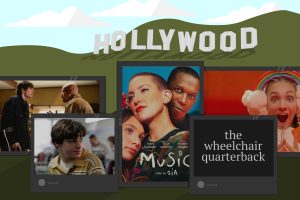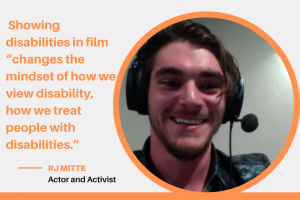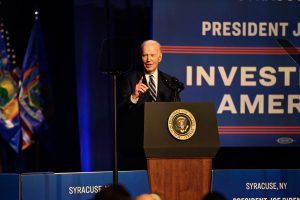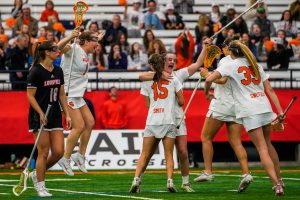Column: Analyzing SU’s Universal Design for Learning technique
Column: Analyzing SU's Universal Design for Learning technique

Academic integrity often gets in the way of college students with disabilities receiving the accommodations they need. In light of the pandemic, fears about students possibly abusing their disability-related adjustments have been exacerbated, and some professors have struggled to reinvent the balance between accommodation and assistance.
“Moving things online ramped up any fears some professors already had. Suddenly they couldn’t see what students were doing off-camera,” said Wendy Harbour, director of the National Center for College Students with Disabilities. “And I think many of them assumed the worst.”
It’s a situation that begs for the Universal Design for Learning technique, Harbour said. Students with disabilities have been historically required to conform to traditional education norms, where there’s only one way to complete coursework, she said. At schools like Syracuse University, the pandemic has exposed the longstanding flaws in the system, Harbour said.
But Harbour’s former school has stridden forward. In adopting its Disability External Review Committee’s first phase of recommendations last semester, SU acquired the UDL technique, making this training part of a new orientation for new faculty members.
At its core, UDL promotes flexibility, differing from the traditional approach to education where students need to conform to educational norms.
The principles call for instructors to see students with disabilities for the potential they possess. The design provides the framework to present or access information, plan and execute tasks necessary to learn and stay engaged in learning. Put simply, UDL is a set of techniques aimed at facilitating success for all students, though those with disabilities are often the beneficiaries.
It’s an effort to make disability more mainstream, said Christine Ashby, director of SU’s Center on Disability and Inclusion. Having a more concrete policy to support students with disabilities is long overdue because different faculty members approach proving accommodations differently, she said.
“Some faculty go above and beyond to ensure that they understand how the disability impacts access and how they can support the student in all aspects of the course, but some do not,” Ashby said. “Testing accommodations are by their very nature individual to the student and generally are after-the-fact accommodations to assignments and tests that have already been designed.”
Contrary to what its name suggests, UDL isn’t a singular technique – it’s a movement away from the generalizations around the support students with disabilities need and toward a more universal system that fits the needs of students with and without disabilities. Experts refer to the UDL triangle as the “what, how and why” of learning.
Instructors are often skeptical about UDL in fear of students cheating, said Harbour. It’s frustrating for students who need these accommodations to be successful, she said.
“Sometimes I wish professors would think, ‘How can I assess students if I’m worried about cheating?’ or ‘Is there another way besides scantron bubble sheets?’ Those types of questions can lead to realizations of all sorts,” Harbour said. “And maybe that end-of-semester exam could take another form. Or maybe it’s not needed because the student already was assessed in so many other ways. Or maybe there’s a way to do essays but have peers help with grading.”
But the concept has not become mainstream in higher education yet, said Joanna Masingila, dean of SU’s School of Education. Policies regarding UDL will be highlighted in future Committee recommendation phases, expanding with the goal of having all faculty be knowledgeable about UDL and preparing them to teach around that framing, said Masingila, who co-chairs the Committee.
By presenting a blueprint for designing goals, methods, materials and assessments to tailor each individual student, UDL can level the playing field, Masingila said.
Amid the COVID-19 pandemic, this method has picked up some steam, added Paula Possenti-Perez, director of SU’s Center for Disability Resources. The pandemic has further exposed the need for individual accommodations rather than expecting a set of accommodations to fit many students, Possenti-Perez said.
Instructors must understand that UDL better prepares universities to respond to an influx of accommodation requests, Ashby said. It lessens the need for individual accommodations because adjustments are built into the instruction, she said. The education system must embrace that actions to support students with disabilities also benefit a number of students, including those without disabilities, Ashby said.
“Test accommodations are not about making it easier, but making it accessible. Students still need to know the content and be able to apply it, but there are multiple ways that can happen meaningfully,” Ashby said. “I would argue that some of the resistance to accommodations reflects the ableism that’s so pervasive in society and on college campuses.”
Editor's Note:
SU magazine senior Joey Pagano’s column, The Wheelchair Quarterback, appears regularly on The NewsHouse this semester and features insights on issues facing people with disabilities with a focus on empowerment. Inspired by first-hand experiences, The Wheelchair Quarterback reports with a solutions- and advocacy-journalism approach.







